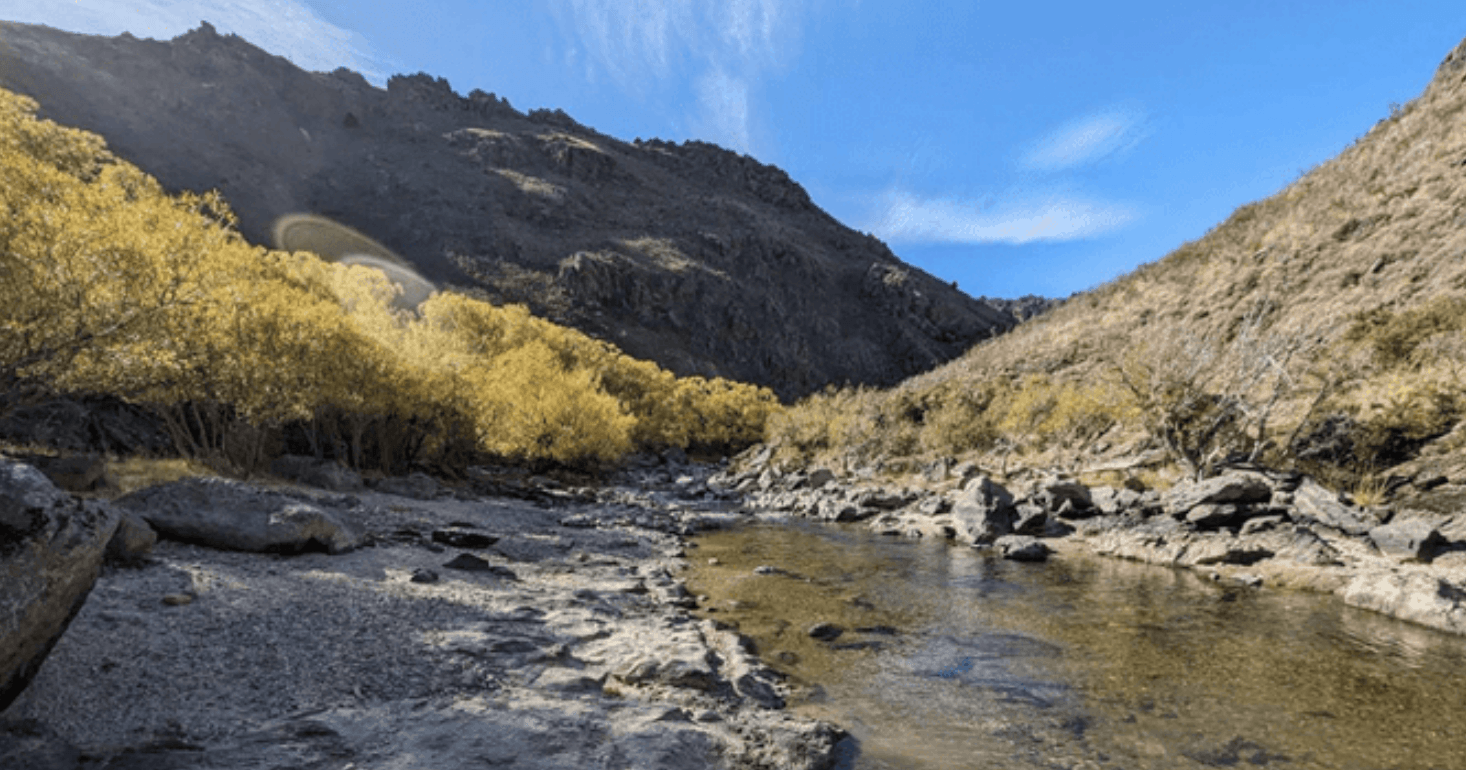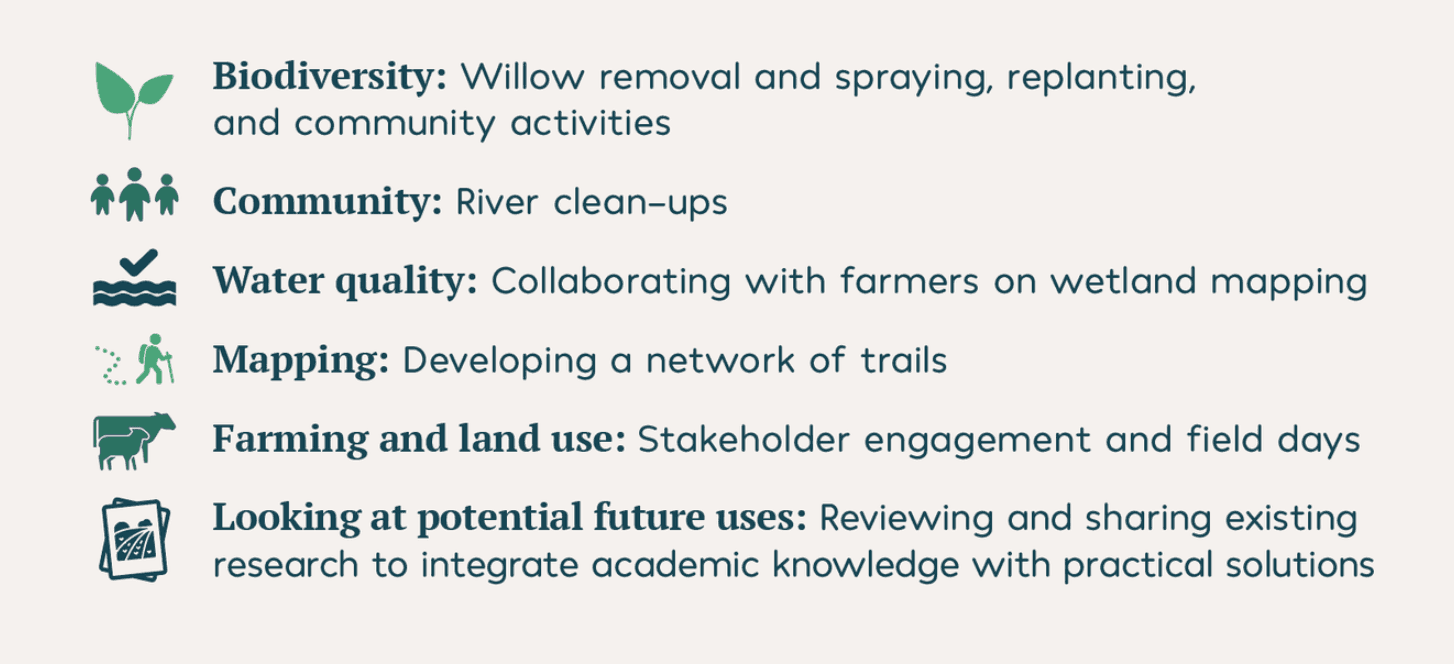Stay connected with The Manuherekia Voice – our collective newsletter bringing you updates from the Manuherekia Catchment Group (MCG), the Thomsons Catchment Project,
and the Waiora Manuherekia Project.
MCG Spring Newsletter
Welcome to the spring edition of the MCG Newsletter. This issue brings you a recap of our lively AGM, along with updates on the Thomsons Catchment Project’s achievements, the exciting launch of the Waiora Manuherekia Project, a roundup of the Ida Valley Catchment Group’s recent activities, and so much more. Dive in to stay informed and inspired by the ongoing efforts and developments in our catchment.
Don't forget to invite your friends to join our newsletter community by visiting this link. A big shoutout to all who’ve been part of our journey so far – thank you for your support.

WHAT'S BEEN HAPPENING
Manuherekia Catchment Group AGM Recap
On 12 September, we held our Annual General Meeting at the Rugby Clubrooms, and what a fantastic turnout it was! With many familiar faces and new ones joining us on the day, we came together to discuss our progress and future plans for the catchment.
During the meeting, we shared updates on our projects and initiatives, highlighting the strides we've made over the past year. We talked about the exciting developments within the catchment and outlined our goals moving forward. The afternoon provided a perfect opportunity for open discussions, with attendees sharing ideas on how we can continue to enhance our community and environment. It was great to see the personal interactions taking place.
A big thank you to everyone who attended and contributed to the conversation. Your input and support are invaluable as we work towards a thriving, sustainable future for the Manuherekia Catchment.
Stay tuned for more updates as we embark on the next chapter of our journey.
Welcome to the Waiora Manuherekia Project
Exciting news for the Manuherekia community — the Waiora Manuherekia Project is now underway! With support from the Ministry for the Environment, the project aims to make a lasting impact on our river and its surroundings over the next year.
The Manuherekia River is more than just a waterway; it's the lifeblood of our region. Thousands of us live, work, and play close to the river or its tributaries, and it’s an integral part of our daily lives. The Waiora Manuherekia Project is all about strengthening this connection and taking action to enhance and protect this vital resource.
So, what's on the agenda? A whole lot of exciting initiatives.

This project is more than just a list of tasks; it’s a community-driven effort to ensure that the Manuherekia River remains a vibrant and healthy part of our region for generations to come.
Want to be a part of this journey? Follow the Waiora Manuherekia Project on Facebook for the latest updates, event information, and opportunities to get involved. You can also join our mailing list at www.mcg.org.nz/waiora-manuherekia/.
Update on ORC's Proposed Regional Policy Statement
Earlier this year, Otago Regional Council released their proposed Regional Policy Statement (RPS), which garnered attention and action from various stakeholders. A significant number of submitters appealed the proposed RPS, with noteworthy appeals coming from Ngāi Tahu and Forest & Bird. Both parties challenged the Commissioners' decision to classify irrigation infrastructure as regionally significant.
In response to these developments, we decided to join the appeal as a section 274 party under the Resource Management Act (RMA). This move was strategic, allowing us to keep our options open and stay involved in the ongoing discussions and decisions.
Several other parties also joined in, including the Otago Water Resource Users Group (OWRUG). Eventually, OWRUG took the lead on this issue, and as a result MCG has decided to withdraw from the appeal.
We will continue to monitor the situation closely and provide updates as they become available. Thank you for your ongoing support and engagement in these critical matters affecting our community and resources.
Manuherekia River Low Flow Monitoring Report
Earlier this year, the Manuherekia Catchment Group commissioned an ecological monitoring report to assess the health of the Manuherekia River and its surrounding waterways following a dry hydrological year. Conducted in April by freshwater scientist Dr. Dean Olsen from Freestone Freshwater Ltd., the study aimed to evaluate the impact of prolonged low flows on aquatic ecosystems, particularly focusing on periphyton (algae) and macroinvertebrate communities.
Key Findings
The Manuherekia catchment is largely in good to excellent condition. The majority of sites met environmental guidelines for periphyton biomass, and macroinvertebrate communities indicated high water and habitat quality. This is great news, as it means that most of the waterways within the catchment are sustaining healthy ecosystems despite the extended period of low flows.
While the overall results were positive, certain sites presented a few challenges. At Dunstan Creek, high levels of cyanobacteria were observed. Although this did not impact the macroinvertebrate communities, it may pose health risks to humans and animals. Similarly, in the lower reaches of Lauder Creek and Thomsons Creek, macroinvertebrate scores were lower than in upstream areas, though the exact cause remains unclear, as water quality is known to decline naturally in these lower areas.
The Manuherekia River at Ophir raised some concerns. Periphyton biomass exceeded environmental guidelines, and the macroinvertebrate community showed lower-than-expected water quality. Likely causes include high nutrient inputs from nearby sources, such as the wastewater treatment plant and Thomsons Creek. These issues, combined with low, stable flows, appear to have contributed to the site’s ecological condition.
Overall, the Manuherekia catchment remains in a very good ecological state, although attention should be given to specific sites like Ophir and Dunstan Creek to address localised impacts and to safeguard long-term water quality. This report highlights the importance of ongoing monitoring and addressing local factors to safeguard water quality in the catchment.
For more information and to read the report in full, please visit www.mcg.org.nz/resources/.
Catchment Management Plan (CMP)
In 2019, MCG developed a catchment management plan in preparation for the water permit renewal process. This plan came about after a lot of work with water users and proposed a minimum flow at campground of 1100 l/s, and residuals on the tributaries.
For a range of reasons, the plan was not introduced when it was first developed.
We feel it is appropriate to introduce the catchment management plan in the coming season by increasing the minimum flow at campground by 50%, i.e. raising it from 900 l/s to 1000 l/s. The tributaries will have separate flow restrictions and for this next irrigation season we’ll use 50% of the residuals in the plan.
We’ve been attending meetings with the affected parties explaining the principles of the CMP, outlining how it is a voluntary process, and it needs everyone to work together to be a success. Feedback is that change is always difficult; however, there’s sense in using this time to understand what the impact is on the river, and to start the collection of evidence.
The summary catchment plan can be found here: www.mcg.org.nz/resources
Two other documents are also available on the resources page on our website: Assessment of Environmental Effects (AEE) for the Manuherekia River and Overview of Proposed Catchment Management Approach.
Watch Our Latest Video
Curious about what makes Manuherekia so special? Check out our latest video, where we explore the breathtaking landscapes of our catchment, and the critical role irrigation plays in one of New Zealand's driest regions. You'll hear from local farmers who are dedicated to caring for the land and are implementing sustainable farming practices to protect its future.
But that’s not all! We’ve also got four teaser videos showcasing the efforts and initiatives happening here in the catchment. Head over to www.mcg.org.nz/video to watch the full video and teasers. Don’t miss out on the stories and insights from the heart of our catchment.
Our newsletters are your backstage passes to the latest in community highlights and sustainable farming. Read, share and invite others to sign up.

Sign up to the Manuherekia Catchment Group

Sign up to the Thomsons Project Newsletter


